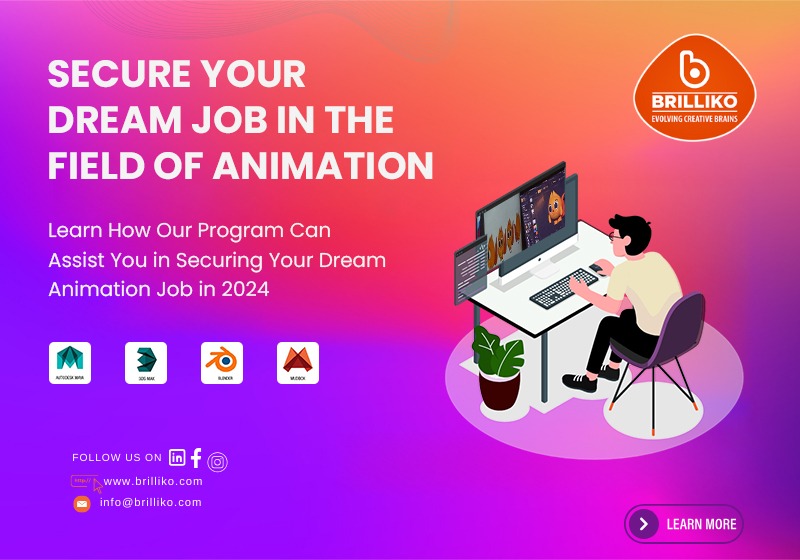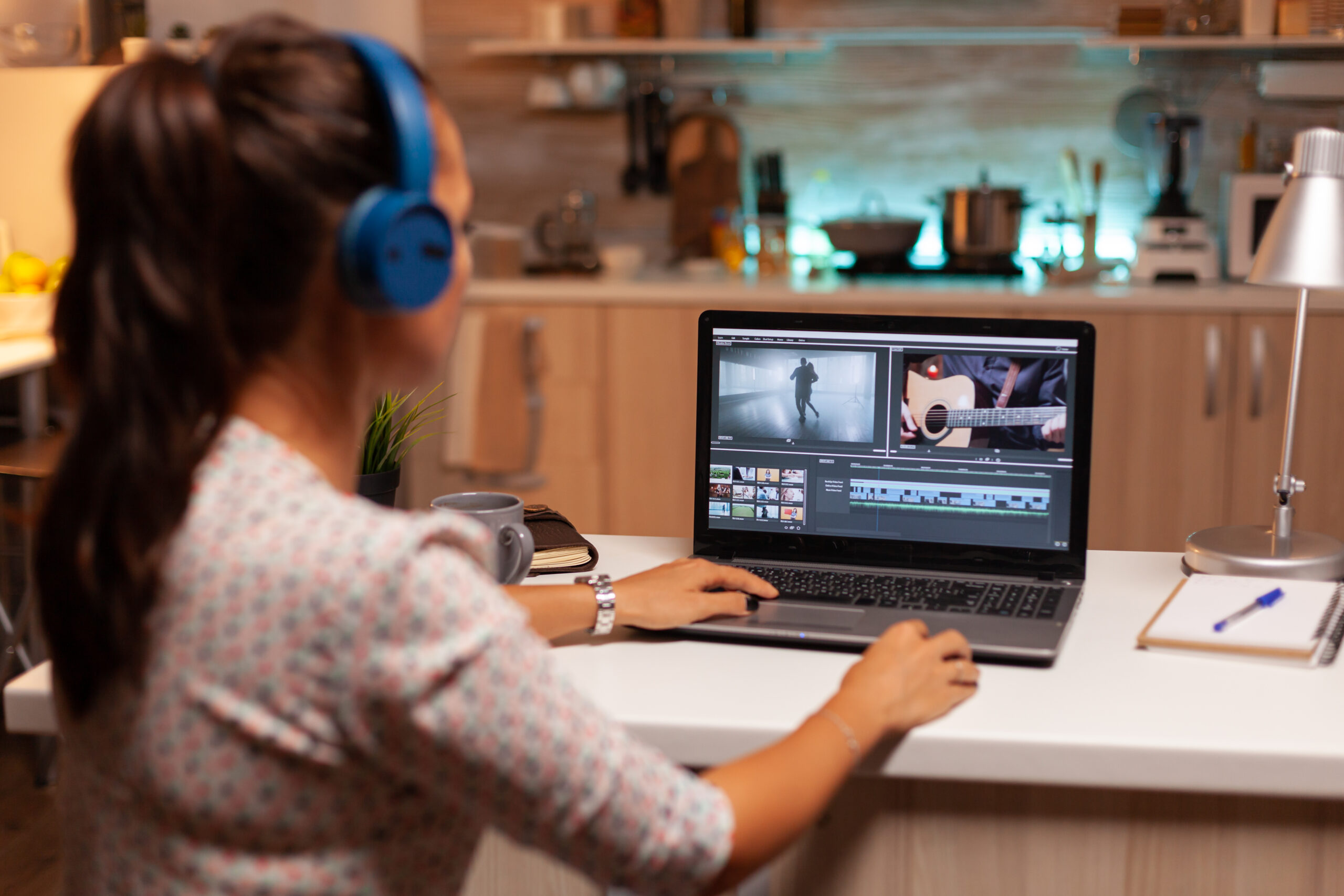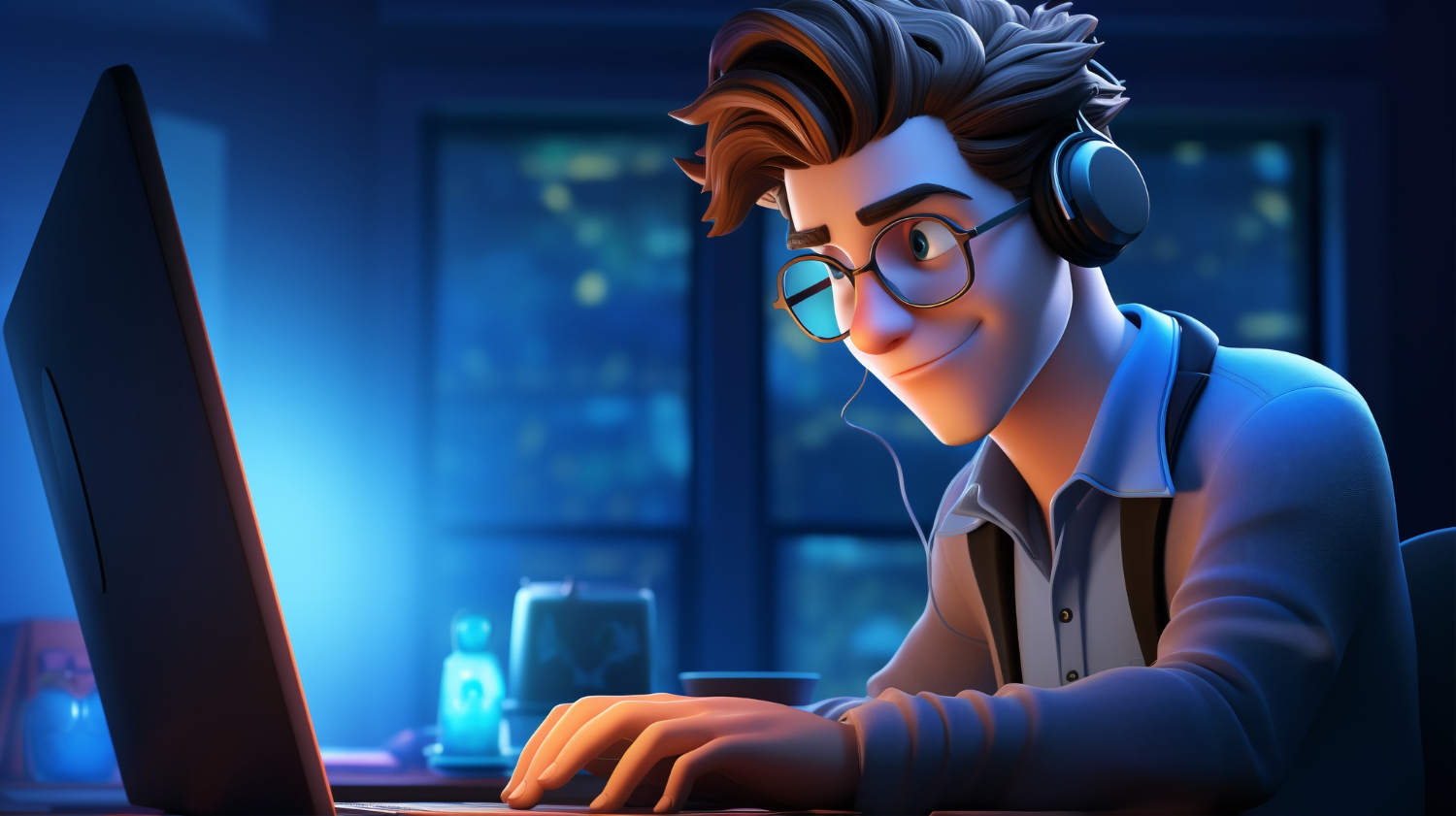Improve Your Digital Works with These 7 Dynamic Animation Methods
In the digital sphere, animation is a potent instrument that may give your works vitality, enthusiasm, and interaction. Investigating dynamic animation methods can help you advance your digital projects, regardless of experience level. We’ll explore 7 dynamic animation approaches in this guide, which can improve your digital works and draw in viewers.
Table of Contents

Keyframe Animation:
Keyframe animation is a basic animation technique in which the start and finish points of an animation sequence are defined by key poses, or frames. Artists who work using keyframes can produce motion that is fluid and seamless. When using keyframe animation to enhance your digital works, concentrate on producing genuine movements by precisely placing keyframes and modifying timing and spacing to attain realism.
Character Animation and Rigging:
Character rigging is the process of giving a character a digital skeleton, or rig, so that animators may more effectively control the character’s movements. Character animation requires rigging because it gives animators control over muscles, joints, and other body parts. Improve your character animations by building strong rigs with sophisticated controls for realistic deformation, secondary motion, and face expressions.

MoCap, or motion capture:
Animators can record the movements of real actors or objects and adapt those movements to digital characters or models thanks to motion capture technology. MoCap can give animations more realism and fluidity, particularly when it comes to intricate actions like dancing, jumping, and running. Invest in high-quality motion capture gear and software, and make sure that the recorded data is properly calibrated and cleaned up so that it may be easily included into your digital works.
Effects of Particles:
Particle effects are dynamic visual components that are used to mimic a variety of natural occurrences, including explosions, fire, smoke, and water. Artists that work with characteristics like size, form, density, and velocity can produce amazing visual effects that give their scenes more depth and authenticity. To develop unique particle effects that improve the ambiance and mood of your digital works, play around with particle systems and physics simulations.

Animation in Process:
Rather of moving things by hand, procedural animation uses mathematical formulae and algorithms to create animation automatically. With minimal manual intervention, procedural techniques can be utilized to generate complicated simulations, organic movements, and repeated motions. Discover how to create dynamic, algorithmic animations with procedural animation tools and techniques to improve workflow, save time, and add complexity to your digital projects.
Animation from a 3D camera:
In animation, the camera is essential for expressing perspective, depth, and narrative. Pans, tilts, zooms, and tracking shots are examples of dynamic camera movements that can give your digital works more drama, excitement, and a cinematic feel. Use camera animation techniques to direct the viewer’s attention and elicit feelings. Experiment with various camera angles, compositions, and movements to improve the visual impact and story of your animations.

Typographic animation and motion graphics:
In order to communicate ideas, improve aesthetic appeal, and produce visually captivating stories, graphic components, text, and typography are animated in motion graphics and typographic animation. Your motion graphics and typographic animations can be enhanced and made more memorable with dynamic transitions, kinetic typography, and inventive use of color, font, and images. To give your digital works individuality and style, try out typographic animation techniques like text reveals, kinetic type, and typographic effects.
Animation Methods:
Gaining expertise in dynamic animation methods is crucial to improving your digital works and drawing in viewers. These 7 dynamic animation methods will help you realize your creative vision and produce amazing results whether you’re animating characters, making visual effects, or developing motion graphics. Brilliko Institute of Multimedia provides animation methods knowledge. Try out various methods, resources, and aesthetics; don’t be scared to push the envelope of animation’s potential. You can make digital animations that motivate, captivate, and inspire your audience with a little effort, imagination, and skill.



